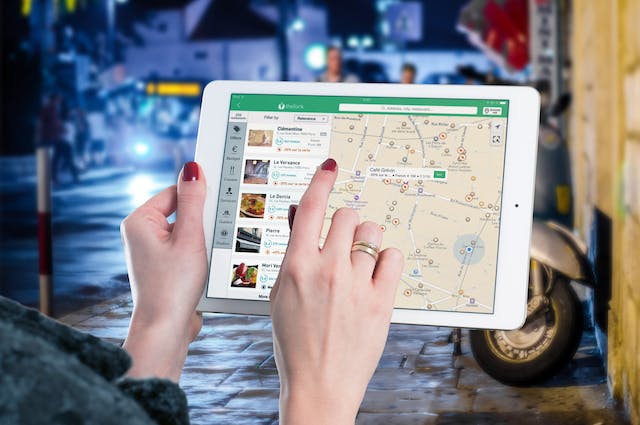One powerful tool that has emerged is location intelligence, which harnesses the wealth of data generated by connected devices and utilizes it to fuel predictive artificial intelligence (AI) algorithms. By bridging the gap between location data and predictive AI, businesses can unlock a plethora of opportunities to optimize operations, enhance customer experiences, and drive informed decision-making. In this blog, we will explore the immense potential of location data and its role in powering predictive AI.
Understanding Location Data:
With the proliferation of smartphones, GPS-enabled devices, and the Internet of Things (IoT), vast amounts of location data are generated daily. This data includes GPS coordinates, Wi-Fi signals, cell tower triangulation, and even location-based social media posts. When harnessed effectively, this data becomes a valuable resource for understanding customer behavior, movement patterns, and spatial relationships.
The Power of Predictive AI:
Predictive AI leverages advanced algorithms and machine learning techniques to analyze historical data, identify patterns, and make accurate predictions. By integrating location data into predictive AI models, businesses can unlock valuable insights into consumer behavior, optimize supply chain logistics, personalize marketing campaigns, and enhance operational efficiency.

Location data in predictive AI offers valuable insights and optimizations across various domains. It enables businesses to analyze consumer behavior, optimize inventory, manage traffic, assess risks, and plan smart cities. Predictive AI algorithms utilize location data to identify patterns in consumer movement, optimize store locations, and offer personalized recommendations. By combining location data with historical sales data, businesses can forecast demand, optimize inventory levels, and streamline supply chain operations.
Real-time location data aids in traffic management by analyzing patterns and predicting congestion hotspots, leading to optimized delivery schedules and improved operational efficiency. Insurance companies leverage location data for risk assessment to estimate premiums accurately. In urban planning, location data combined with predictive AI allows informed decisions about infrastructure development, public transportation, and resource allocation for sustainable and efficient cities. Tools involved include geospatial analytics, GPS tracking, geolocation APIs, data analytics platforms, machine learning algorithms, location intelligence platforms, geospatial data visualization tools, and geographic information systems (GIS). These tools facilitate the effective utilization of location data for valuable insights and decision-making processes.
Challenges and Considerations:
While the integration of location data and predictive AI offers tremendous potential, there are ethical and privacy considerations to address. Businesses must ensure proper data anonymization, comply with data protection regulations, and obtain consent from users for collecting location information. Transparent communication and robust data security measures are essential to foster trust among users and stakeholders.
More For You: Top 5 Things You Should Know About Location Data Types
Conclusion:
Location data is a valuable asset that, when combined with predictive AI, empowers businesses to make data-driven decisions, personalize experiences, and drive operational excellence. By harnessing the power of location intelligence, businesses can gain a competitive edge in a rapidly evolving digital landscape. As technology advances and more sophisticated algorithms emerge, the potential for bridging the gap between location data and predictive AI will only grow, ushering in new opportunities for businesses across industries.


